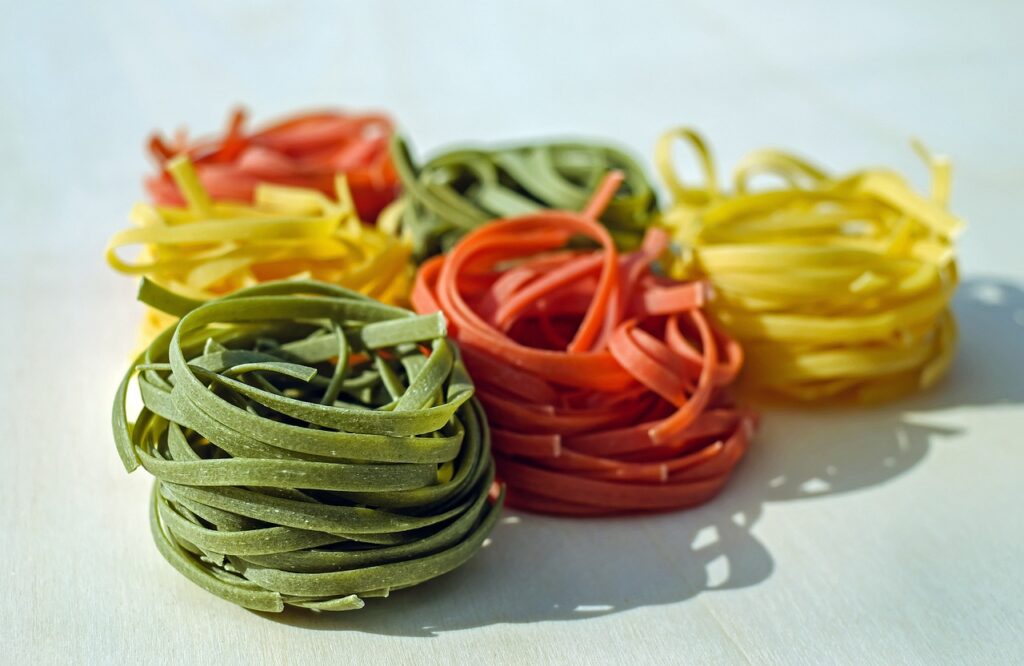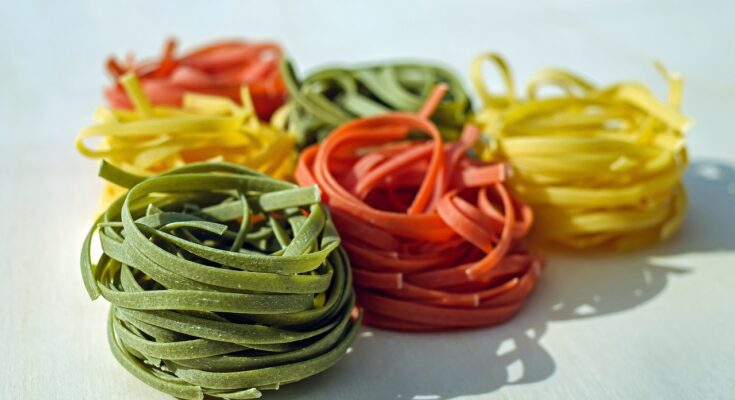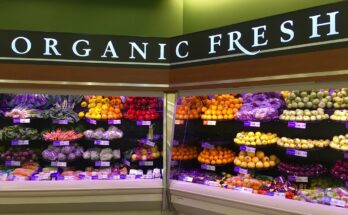Are you curious about how food processing affects the color of your favorite foods? Well, get ready to dig into the fascinating world of food color changes!
When it comes to food processing, heat plays a crucial role in altering the color of our beloved dishes. The application of heat can cause chemical reactions that transform food pigments, resulting in a whole new visual experience. But heat isn’t the only culprit – freezing and thawing can also have a significant impact on food color.
Additionally, the way food is packaged and stored can influence its color over time. As you delve deeper into this article, you’ll discover the nutritional implications of these altered food colors.
So, if you’ve ever wondered why your frozen strawberries aren’t as vibrant as fresh ones or why your canned vegetables have a different hue, keep reading to unravel the secrets behind the impact of food processing on food color.
The Role of Heat in Food Color Changes
The heat in food processing plays a crucial role in the changes of food color. When food is exposed to high temperatures, such as during cooking or baking, it can undergo various chemical reactions that lead to color changes.
One of the most common reactions is known as the Maillard reaction, which occurs between amino acids and reducing sugars. This reaction causes the food to brown and develop a rich golden color.
Additionally, heat can also cause the breakdown of pigments present in food, leading to color loss or fading. For example, the vibrant red color of tomatoes can turn into a dull orange when exposed to heat for a prolonged period.
Therefore, controlling the temperature and cooking time is essential to preserve the desired color and appearance of processed foods.
Chemical Reactions and Food Pigments
Chemical reactions in food processing can totally transform the vibrant pigments that make our meals visually appealing. When food undergoes processing, it is often exposed to various chemicals and substances that can alter its color.
For example, the Maillard reaction, which occurs when proteins and carbohydrates are heated together, can create a golden brown color on the surface of bread crust or roasted meat. Similarly, the browning reaction, also known as caramelization, can give foods like caramel or roasted coffee beans their rich brown hue.
On the other hand, certain chemical reactions, such as oxidation, can cause fruits and vegetables to change color when exposed to air. Understanding these chemical reactions is crucial for food processors to create visually appealing products while maintaining their nutritional value.
Effects of Freezing and Thawing on Food Color
Freezing and thawing can significantly alter the vibrant hues of your favorite dishes, leaving you with a visually lackluster meal. When food is frozen, the water inside the cells of fruits and vegetables forms ice crystals. These crystals can rupture cell walls, causing the release of pigments and leading to color loss.
Additionally, freezing can cause oxidation reactions, where pigments react with oxygen in the air and change color. Thawing can further exacerbate these effects, as the ice crystals melt and water is released, diluting the pigments and resulting in a washed-out appearance.
To minimize color changes, it’s recommended to blanch fruits and vegetables before freezing, as this can help inactivate enzymes and preserve color. Proper packaging and quick freezing can also help maintain the visual appeal of frozen foods.
The Influence of Packaging and Storage on Food Color
Make sure you choose the right packaging and storage methods to keep your meals looking fresh and appetizing. The influence of packaging and storage on food color is significant.
When choosing packaging materials, opt for ones that are opaque or have a protective layer to shield your food from light exposure. Light can cause discoloration and fading in certain foods, especially those that are rich in pigments like fruits and vegetables.
Additionally, consider the type of storage containers you use. Glass containers are a great choice as they’re non-reactive and won’t affect the color of your food.
It’s also important to store your food in the proper conditions, such as keeping it in a cool, dark place to minimize color changes.
By taking these steps, you can ensure that your meals retain their vibrant colors and remain visually appealing.
Nutritional Implications of Altered Food Color
Opting for packaging materials that minimize light exposure and storing food in appropriate containers can have significant implications for the nutritional value of the altered food.

When food color is altered during processing, it can affect the nutritional content of the product. For example, the loss of vibrant colors in fruits and vegetables can indicate a decrease in antioxidant levels, which are important for overall health.
Additionally, changes in food color can impact consumer perception and acceptability of the product, leading to potential changes in dietary habits.
It’s important to note that not all alterations in food color are negative, as some processing techniques can actually enhance certain nutrients. However, it’s crucial to consider the nutritional implications of altered food color and make informed choices when selecting and storing processed foods.
Conclusion
In conclusion, food processing has a significant impact on food color. The heat involved in processing can cause changes in the color of food due to chemical reactions with pigments. Freezing and thawing can also affect food color, as can packaging and storage conditions.
These alterations in food color can have nutritional implications, as certain pigments are associated with specific nutrients. Therefore, understanding the impact of food processing on color is important for maintaining the quality and nutritional value of processed foods.




